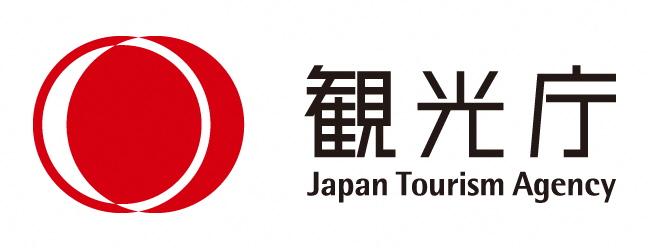NO 005
Shikyakumon Gate
四脚門
(250 words, QR + Web + Pamphlet)
The Shikyakumon Gate is the oldest surviving structure at Menuma Shodenzan Temple. It is believed to have been built in the early Edo period (1603–1867). The gate is supported by four posts (shikyakumon means four-legged gate) and was constructed without nails. It has details typical of the Muromachi period (1392–1573), such as the carved gegyo (decorative wooden pendants) under the gables that act as talismans against fire, and carvings on the ends of the beams. Compared to the larger Kisomon, the Shikyakumon has a simple appearance, and is simply decorated.
White marks halfway up the gate posts indicate the water level during a major flood in 1910, when the nearby Tone River broke its banks and flooded the temple complex and surrounding villages. The gate is also called the chumon (middle gate).
Shikyakumon Gate
四脚門
(250ワード、QR + WEB + パンフレット)
四脚門は、妻沼聖天山歓喜院で最も古くから残った建物です。江戸時代(1603~1867年)初期に建てられたと考えられています。四脚門は4本の柱(四脚)で支えられており、釘を一切使わずに建設されています。火災除けとして切妻の下に付けられる懸魚(げぎょ)や端に施される桁隠しなど、室町時代(1392~1573年)に一般的だった装飾が施されています。大きな貴惣門と比べると四脚門の装飾は地味で、控えめな外観となっています。
門の柱の真ん中あたりにある白線は、歓喜院を含む周囲の村が付近の利根川から流れてきた水に浸かってしまった1910年の大洪水の際の水位を示しています。 四脚門は、中門とも呼ばれています。

- ※この英語解説文は観光庁の地域観光資源の多言語解説整備支援事業で作成しました。






